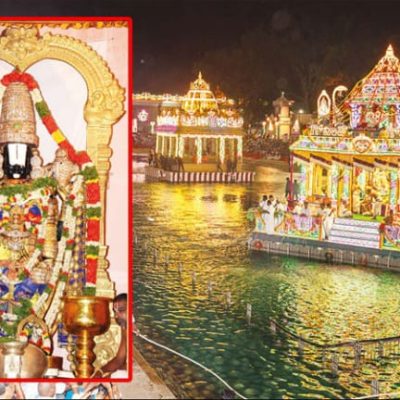Khardeori Mahadeva Temple, Madhya Pradesh

Address
Khardeori Mahadeva Temple, Khardeori Village, Mandla District, Madhya Pradesh 481661
Diety
Mahadeva
Introduction
The Mahadeva Temple, dedicated to Lord Shiva and located in Khardeori Village in Madhya Pradesh, India, holds historical and architectural significance. The Mahadeva Temple has been recognized as a Monument of National Importance by the Archaeological Survey of India (ASI). The temple is conveniently located about 7 kilometers from Mandla, making it accessible to both local residents and visitors. It is also relatively close to the Mandla Fort Railway Station and Jabalpur Airport, facilitating travel to and from the temple.
Puranic Significance
The Mahadeva Mandir or Shiv Mandir in Khardeori Village is indeed a remarkable temple that has withstood the test of time and retained its historical and architectural significance. Many temples along the banks of the Narmada River faced desecration during the Mughal and British periods, making the survival of the Mahadeva Mandir even more noteworthy.
Survival against Odds: The fact that the Mahadeva Mandir has survived the ruthless attacks and historical challenges of the past speaks to its resilience and enduring spiritual significance for the local community.
Shiva Linga: The presence of a consecrated Shiva Linga in the sanctum sanctorum underscores the temple’s devotion to Lord Shiva. The Indo-Islamic chhatri roof above the Linga adds an intriguing architectural element, possibly indicating influences from various architectural styles over time.
Local Beliefs: While historical records about the temple may be scarce, the insights and opinions of local residents can offer valuable context. The belief that the temple may have been renovated by the Marathas in the 18th century showcases the ongoing cultural and spiritual significance of the site.
Special features
Architectural Simplicity: The temple’s architectural simplicity, characterized by random rubble masonry and lime plaster, provides an authentic glimpse into the region’s traditional construction methods and materials. This simplicity is also reflective of the architectural styles prevalent during the period it was built.
Architecture: The temple is described as a double-storied structure built over a low raised platform. It is constructed using random rubble masonry and is plastered with lime plaster. The temple’s square plan is approached by a flight of steps. The architectural style and construction materials used in the temple provide valuable insights into the region’s architectural heritage.
Dome Roof: The temple is crowned with a domed roof, which is a distinctive architectural feature. The dome design and construction method used in the temple may reflect the architectural traditions of its time.
Century/Period/Age
1000 Years old
Managed By
Archaeological Survey of India (ASI)
Nearest Bus Station
Mandla
Nearest Railway Station
Mandla
Nearest Airport
Jabalpur








